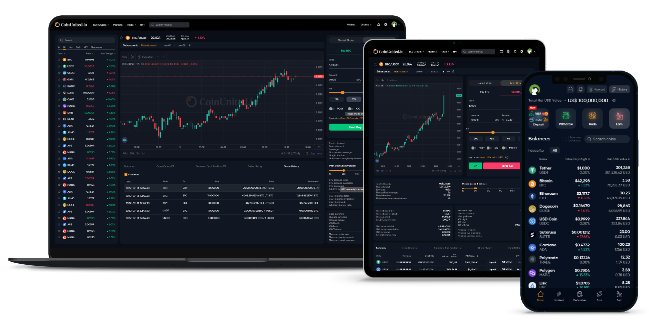Editors' Picks

Commodities
Oil Prices Dip as U.S. Government Releases More Crude and Supply Rises
2023/02/14

Commodities
Green Revolution Takes Off: Treasury Announces $4 Billion in Tax Credits for Clean Energy Projects
2023/02/14

Commodities
The cost of the energy crisis in Europe is about 800 billion euros.
2023/02/13

Commodities
Oil Prices Ease Despite Russian Output Cuts, Focus on Short-term Demand Concerns
2023/02/13

Commodities
Wall St. Booms as Treasury Borrowing Falls, Fed Decision Looms
2024/01/30

Commodities
Oil Prices Rise Amidst Supply Worries and Geopolitical Tensions
2024/01/30

Commodities
Drone Strike in Jordan Raises Concerns, but Oil Prices Remain Stable
2024/01/30

Commodities
China Woes and Middle East Tensions Weigh on Oil Prices
2024/01/29

Commodities
Biden Administration Pauses LNG Exports, Uncertainty in Energy Markets Unleashed
2024/01/27

Commodities
Tesla's Stock Plummets Amidst China Competition and Slower Sales Forecast
2024/01/27

Commodities
Oil Prices Rise as Production Disruptions and China's Stimulus Boost Market
2024/01/27

Commodities
Uranium Prices Surge as Demand for Nuclear Power Grows, Uranium Miners Play Catch-Up
2024/01/27

Commodities
US Natural Gas Inventories Plummet, but Prices Face Uncertainty
2024/01/27
News

Gas Producers Brace for Q1 Losses as Insufficient Hedges Impact Earnings and Cash Flow
CoinUnited.io Market
2023/02/14

Oil Prices Dip as U.S. Government Releases More Crude and Supply Rises
2023/02/14

Green Revolution Takes Off: Treasury Announces $4 Billion in Tax Credits for Clean Energy Projects
2023/02/14

The cost of the energy crisis in Europe is about 800 billion euros.
2023/02/13

Oil Prices Ease Despite Russian Output Cuts, Focus on Short-term Demand Concerns
2023/02/13

U.S. Treasury Vows to Ramp Up Sanctions Crackdown on Russia's Evasion Facilitators
2023/02/11

EU leaders decide to help the green industry temporarily and strategically.
2023/02/10

Kremlin demands punishment for individuals responsible for the Nord Stream explosions.
2023/02/09

A rebound in Chinese demand and strong U.S. stocks keep oil prices stable.
2023/02/09

France, Germany and Spain's Feud Over Nuclear Energy Intensifies
2023/02/09

Explosions on Nord Stream Pipelines Spark Controversy as US Denies Involvement
2023/02/09
Show More News







